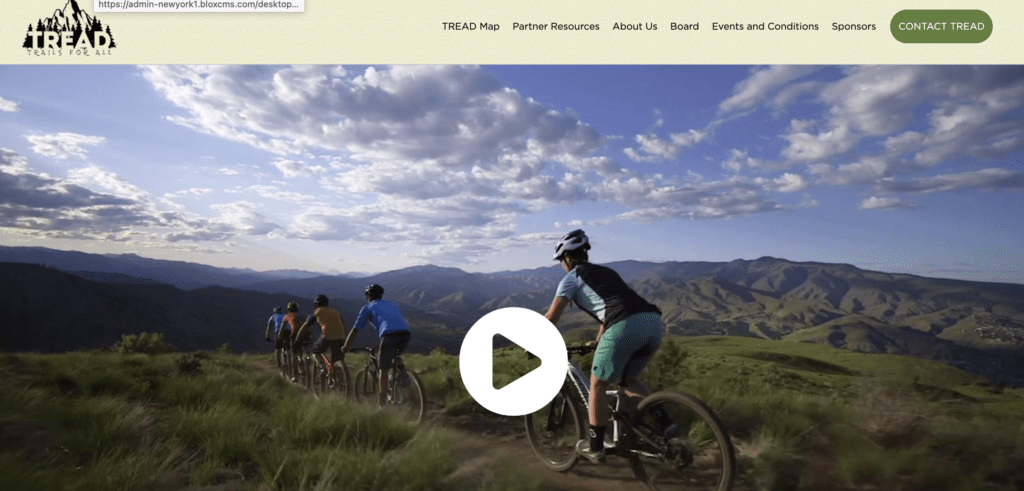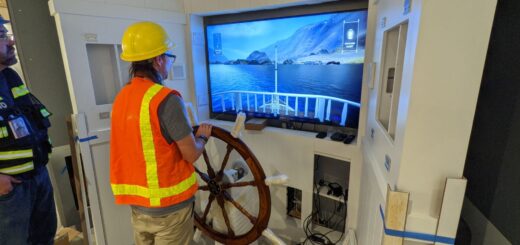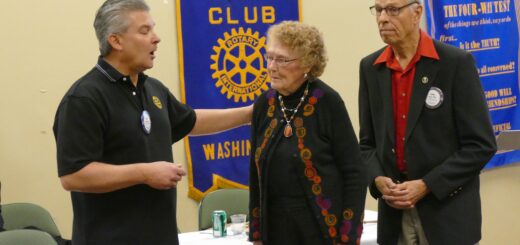Important lessons we can learn from the public-private-nonprofit TREAD partnership
There are some wonderful insights to be learned from the successful public–private-nonprofit partnership that led to the creation of the free TREAD map app that will be rolled out statewide in the next few years. The app will enhance management of recreational trails and encourage responsible use of those trails by users.
I cannot imagine a scenario in which the TREAD app and civic engagement program would ever have been created by government or private enterprise alone. Government is too inefficient and lacks entrepreneurial insights and private enterprise laser focused on maximizing short-term profits to worry about creating something of lasting value that encourages social cohesion.
So the TREAD app and civic engagement effort reminds us of the power of collaboration and figuring out ways to bring the strengths of government resources together with the magic of entrepreneurship of private enterprise to try to make lasting changes for the long term.
On the private side of the ledger, the vision for the app came from Dharma Maps in the Methow Valley. That company has spent a quarter century developing tools that make the app helpful to individual users and land managers alike.
The nonprofit Wenatchee Valley TREAD trails organization provided the strategic direction and fostered the on-the-ground relationships with land managers and user groups in the valley that served as a model for how this kind of approach could succeed.
The Washington Tourism Alliance, a nonprofit that is one-third funded by the state and two-thirds funded by private enterprise, saw the potential of the app to be a resource for communities in the entire state.
How lucky we are as a state that the Legislature got out of the business of tourism promotion in 2011, which led to the development of the WTA as an industry-focused, public-supported effort to encourage tourism.
It is hard to believe that a state agency would have been able to see the vision of the TREAD app combined with the collaborative approach to bring user groups and land managers together.
David Blandford, the WTA executive director, appreciates the elegant design of the TREAD app and its collaborative, community-based relationship building.
“It’s a concept, I think, that didn’t really, really exist anywhere else in the country,” Blandford told me. “These are the kinds of tools that I think locals and travelers are going to be needing going forward,” he added.
There are plenty of recreation apps available already, such as Strava, Trail Link, and the Washington Trails Association’s trailblazer app, but all of them are focused on helping users find places to recreate.
As those of us who use the trails in North Central Washington can attest to, we are having significant challenges not with getting people out in nature but in managing lands so that these tremendous recreation assets don’t get overrun and degraded. Anybody who has hiked to Colchuck Lake in the Alpine Lakes Wilderness can attest to the tremendous crowd of people on that trail.
That commitment to creating a community of users who will respect, appreciate and protect our local lands is a hallmark of Wenatchee Valley TREAD. Executive Director Mat Lyons has been instrumental in taking that vision and envisioning how the app might be able to be a community-building tool.
Shiloh Burgess, who until recently chaired the WTA board, said this collaboration is one of the best examples of how the industry is coming together to “turn lemons into lemonade” during the pandemic. At its core, the TREAD approach is about creating a culture of recreation and “understanding and supporting the health and well-being of the lands and the communities around them,” she said. “This is awesome that this is happening,” she added.




